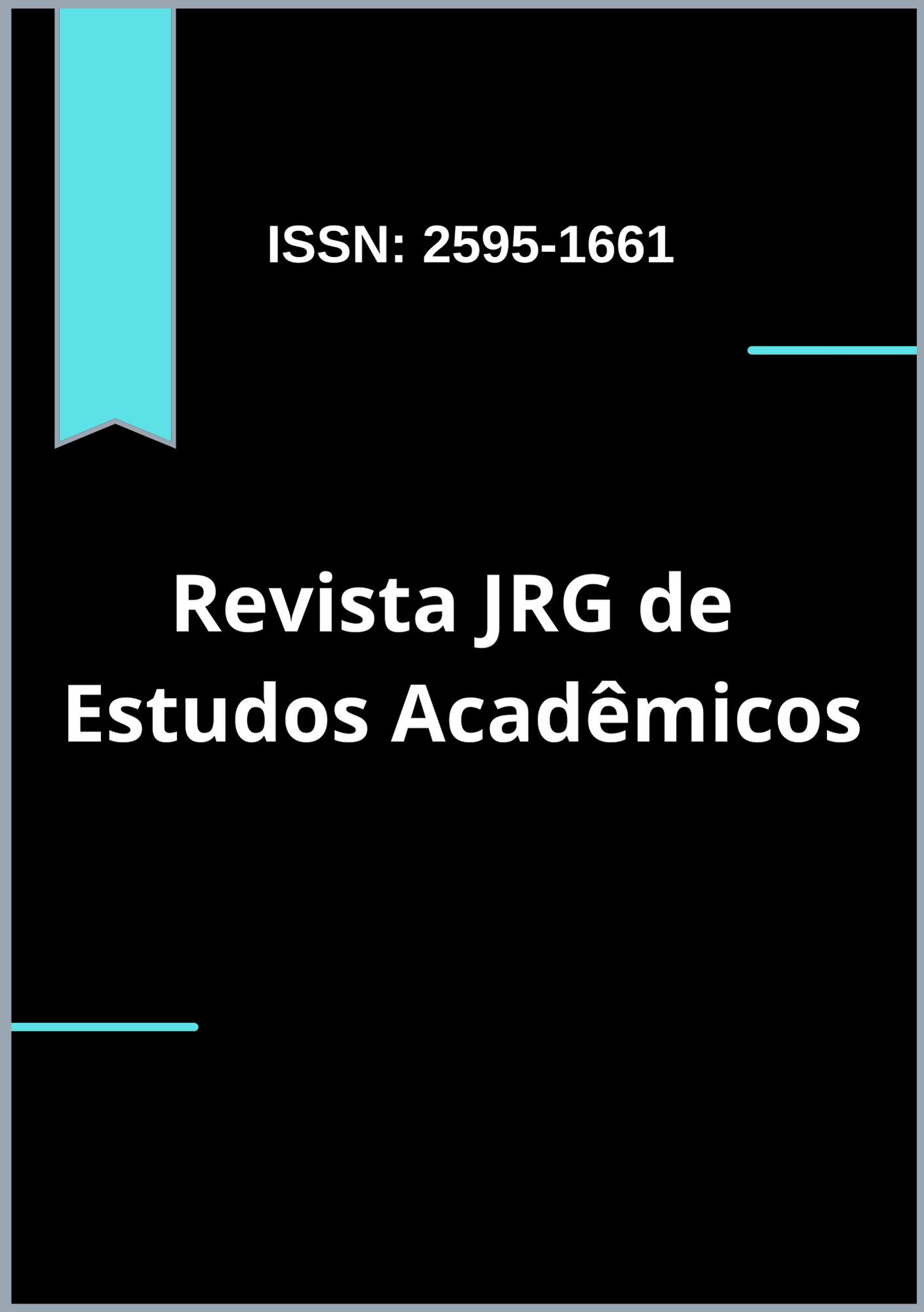Assessment of the knowledge of dentistry students about bruxism at the Evangelical University of Anápolis
DOI:
https://doi.org/10.55892/jrg.v7i15.1606Keywords:
Treatment, bruxism, EtiologyAbstract
Introduction: Bruxism is a parafunction characterized by the act of clenching or grinding the teeth, which can cause changes in the stomatognathic system, usually caused by neurological, emotional and/or occlusal problems. Objectives: To evaluate the knowledge of students of the Dentistry course at the Anápolis University Center - Unievangélica, regarding bruxism. This is a cross-sectional, quantitative and observational study. Methods: Conducted through a questionnaire duly registered by the ethics committee (CPqO nº 003/18), composed of 10 subjective questions, applied to students enrolled in the fourth to eighth period of the Dentistry course (n=90), divided into 5 groups (n=18), this study addressed issues related to the etiology, clinical aspects and possible treatments of the pathology. Results: Statistically, no significant difference (p<0.05) of correct/incorrect answers was observed between the periods in the questions related to the clinical aspects and treatments of the disease. However, regarding the etiological factor, there was disagreement among all groups, as participants believed that stress is the main factor that triggers bruxism. Conclusion: Knowledge related to parafunctional activity is still an interrogative factor in the academic learning process, since it has a multifactorial origin and is recurrent in the clinical routine of the dentist.
Downloads
References
Claro G. Bruxismo: uma visão geral [Monografia]. São Paulo: Centro de especialização em fonoaudiologia clínica motricidade oral, 1998.
Melo G, Duarte J, Pauletto P, Porporatti AL, Barbosa JS, Winocur E, Flores CM, Canto GL. Bruxism: An umbrella review of systematic reviews, 2019.
GAIDA PS. Bruxismo: um desafio para odontologia [Monografia]. Florianópolis: Universidade Federal de Santa Catarina, 2004.
Dekon SFC, Pellizzer EP, Zavanelli AC, Ito L, Resende CA. Reabilitação oral em paciente portador de parafunção severa. Revista Brasileira de Odontologia, 2003; 24(1): 54-9.
Okeson JP. Tratamento das desordens temporomandibulares e oclusão.7. ed. Rio de Janeiro: Elsevier Editora Ltda; 2013.
Cruz MM, Ettlin D. Bruxism: What is missing in the new consensus definition? Journal of Oral Rehabilitation, 2018; 45(12):921.
Fernandes Neto AJ, Neves F, Simamoto Junior PC. Oclusão-Série Abeno: Odontologia Essencial - Parte Clínica.
Machado E, Machado P, Cunali PF, Fabbro CD. Bruxismo do sono: possibilidades terapêuticas baseadas em evidências. Revista Dental Press Journal of Orthodontics, 2011; 16(2): 58-64.
Costa ARO, Oliveira ES, Oliveira DWD, Tavano KTA, Murta AMG, Gonçalves PT, Flecha OD. Prevalência e fatores associados ao bruxismo em universitários: um estudo transversal piloto. Revista Brasileira de Odontologia, 2017; 74(2):120-25.
Ramfjord SP, Schmidseder J, Ash MM. Oclusão. 3 ed. Rio deJaneiro:Guanabara Koogan; 1987.
Camacho GB, Martinez LS, Costa SSD, Kohlrausch S. Bruxismo: uma experiência com pacientes. Disponivel em: https://wp.ufpel.edu.br/aditeme/files/2017/02/Bruxismo_Part2_2016.pdf, 2016.
Molina OF. Placas de mordida na terapia oclusal. São Paulo: Pancast. 1997. p. 37-59.
Almeida FL, Silva AMT, Correa ECR, Busanello AR. Relação entre dor e a atividade elétrica na presença de bruxismo. Revista Centro de especialização em fonoaudiologia clínica, 2011; 13(3):399-406.
Diniz MB, Silva RC, Zuanon ACC. Bruxismo na infância: um sinal de alerta para odontopediatras e pediatras. Revista Paulista de Pediatria, 2009; 27(3): 329-34.
Sardá Junior JJ, Legal EJ, Jablonski Junior SJ. Estresse: conceitos, métodos, medidas e possibilidades de intervenção.2. ed. São Paulo: 2008.
Schmidt, E. O bruxismo como expressão do estresse contemporâneo. Disponível em:https://www.researchgate.net/publication /230669371.
Morais DC, Oliveira AT, Monteiro AA, Alencar MJS. Bruxismo e sua relação com o sistema nervoso central: Revisão de Literatura. Revista brasileira Odontologia, 2015; 72(12):62-5.
Cabral LC, Lopes AJC, Moura MB, Silva RR, Neto AJF, Júnior PCS. Bruxismo na infância: fatores etiológicos e possíveis fatores de risco. Faculdade de odontologia de LinsUnimep, 2018; 28(1): 41-51.
Silva NR, Cantisano MH. Bruxismo: etiologia e tratamento. Revista brasileira odontologia, 2009; 66(2):223-27.











































